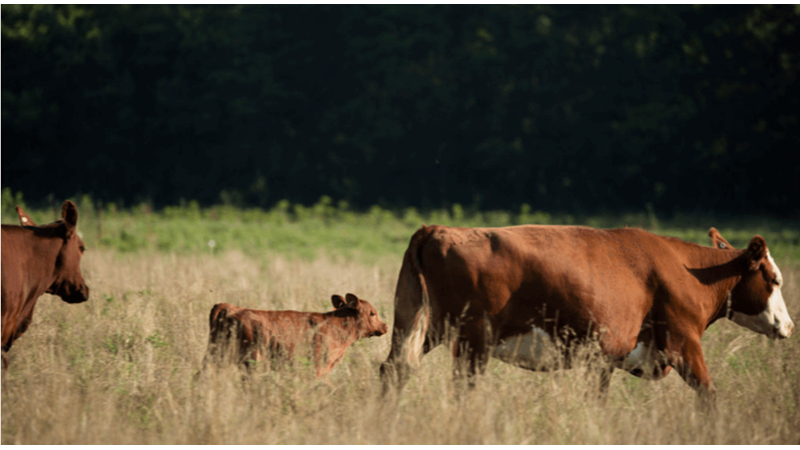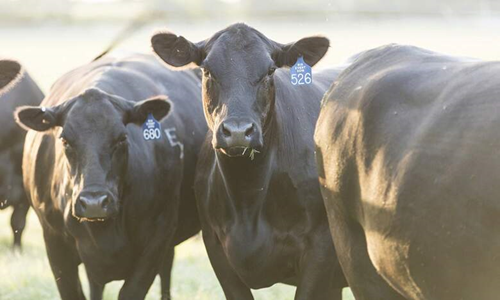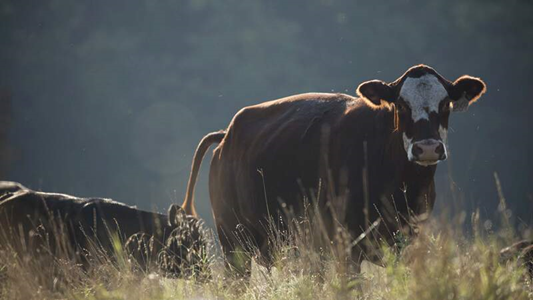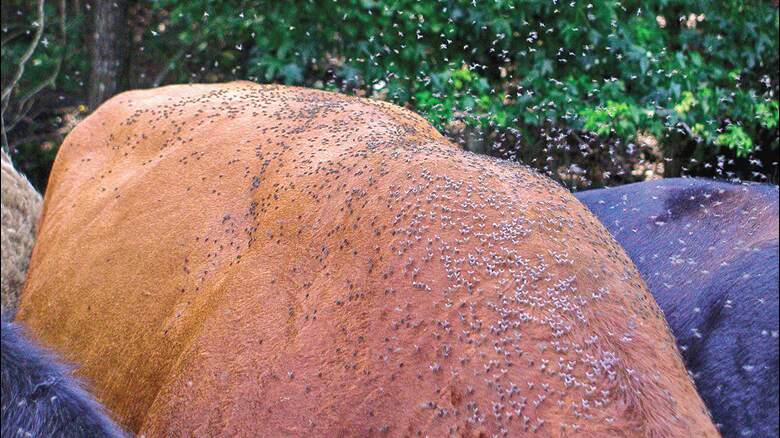
Without a fly management program in place, beef heifer mastitis can spread quickly throughout a herd, leading to blind quarters, decreased weaning weights and a decreased bottom line. The first step in protecting your cattle against the damaging effects of beef heifer mastitis is educating yourself on the disease. Once you understand what it is, the better you can implement proper practices and preventative measures to protect your herd. Brush up on your knowledge with this helpful guide.
Tom McBeth, Regional Sales Manager, emphasizes, "One of the things a lot of people don't, do not take into consideration about their heifers or replacement heifers in their cows is they have to have a long term functioning mammary system. Because without a healthy mammary system, you're not going to have that calf reach his genetic potential for growth."
This disease occurs in cattle when one or more teats become inflamed, leading to infection. An often-overlooked issue, mastitis destroys milk-producing tissues, which may result in blind quarters. When mastitis and blind quarters occur, milk production is drastically affected and weaning weights decrease--- studies show that milk production accounts for 60% variation in calf weaning weight.
Dr. Steve Nickerson at the University of Georgia notes from his research that it is not uncommon to see heifers five to six months old already have teat infections, and up to 50 percent of it was caused by flies, especially horn flies. Horn flies tend to feed on the blood vessels in the skin of the teat, causing irritation. The horn flies can carry mastitis-causing bacteria that enter the teat orifice and move upward in the quarter, destroying milk-producing tissues. With up to 40 blood meals a day, female horn flies only leave the animals to lay eggs in fresh manure. As the flies go from animal to animal, the disease can quickly spread throughout the herd.
When beef heifers mature in confined areas with high fly populations, the occurrence of mastitis increases. Beef operators should implement an integrated pest management program established around a feed-through fly control product like Altosid® IGR. An effective IPM involves proper sanitation, maintaining physical structures, incorporating naturally occurring fly enemies, and using chemical controls. Altosid® IGR is a feed-through fly control solution that passes through the digestive system and works in cattle manure where horn flies lay their eggs, limiting future fly populations. Unlike other feed-through products, Altosid® IGR is classified as an insect growth regulator (IGR). The active ingredient in Altosid® IGR mimics naturally occurring insect biochemicals that are responsible for insect development. By interrupting the fly's life cycle, Altosid® IGR keeps the horn fly larvae from developing into breeding, biting adult flies.
McBeth also points out, "We want to start out protecting the health of that mammary system as early as possible. And that's one of the reasons why horn fly control with outside IGR feed-through it is so effective. We've had several producers say that three or four years after they started using outside IGR feed-through in their fly season supplement program, they were seeing less and less blind quarters all the time."
"The point is," McBeth concludes, "by controlling the horn flies, not only do you help with the weaning weight, not only do you help the health and body condition of your cows, you also are going to help maintain the health of that udder, so you get a more useful lifetime out of individual cows and ultimately reduce the cost of production by not having to put in replacement heifers so often by cleaning up ascites in those herds."
Want to learn more? Check out this resource and watch the video below.



